Imagine stepping out into the biting cold, only to find yourself frozen solid. For most creatures, this would spell the end, but not for some remarkable beings on our planet. In a world where survival often means adapting to the harshest conditions, certain animals have mastered the art of freezing solid and living to tell the tale. These extraordinary creatures have developed unique biological mechanisms that allow them to endure the most frigid environments. Journey with us as we explore these nine resilient beings that defy the odds and embrace the cold.
Wood Frog: The Amphibian Marvel
The wood frog is a fascinating example of nature’s resilience. Found in the forests of North America, this amphibian can survive being frozen for weeks. When winter approaches, the wood frog enters a state of suspended animation. Its heart stops beating, and its body becomes as hard as ice. Remarkably, it uses glucose as a cryoprotectant to prevent its cells from bursting. This process is akin to putting your phone in a freezer and finding it working perfectly afterward. Come spring, the wood frog thaws out and hops away as if nothing happened.
Painted Turtle Hatchlings: Young Survivors
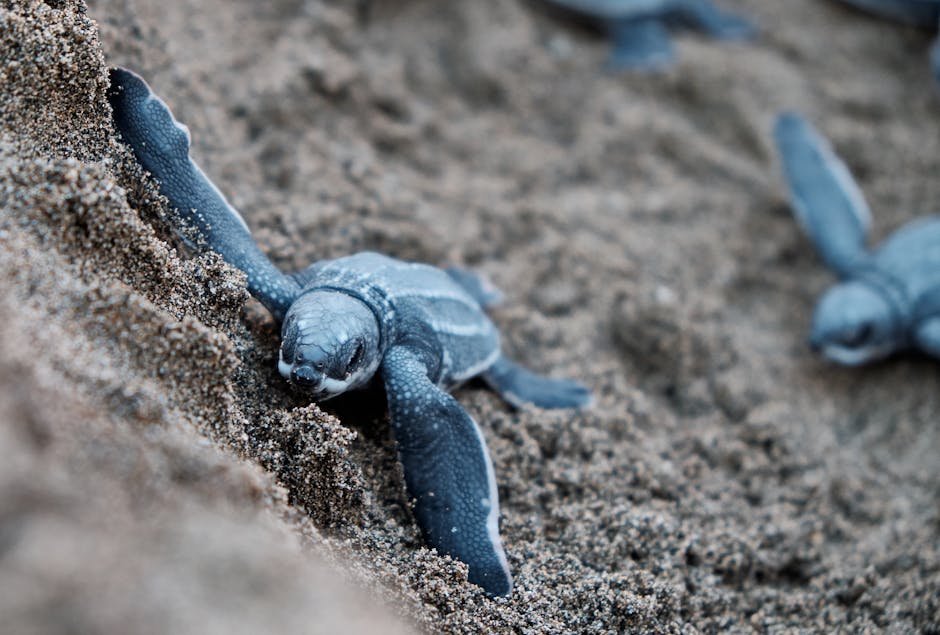
Painted turtle hatchlings are tiny miracles of survival. Born in the late summer, these turtles face the daunting task of their first winter without moving to a warmer climate. Instead, they remain in their nests, enduring freezing temperatures. During this time, the hatchlings’ bodies partially freeze, with ice forming in their tissues. They survive by slowing their metabolism to a crawl, allowing them to conserve energy until the warmth of spring returns. It’s as if they hit the pause button on life, waiting patiently for the world to thaw.
Alaskan Beetles: Frozen Warriors
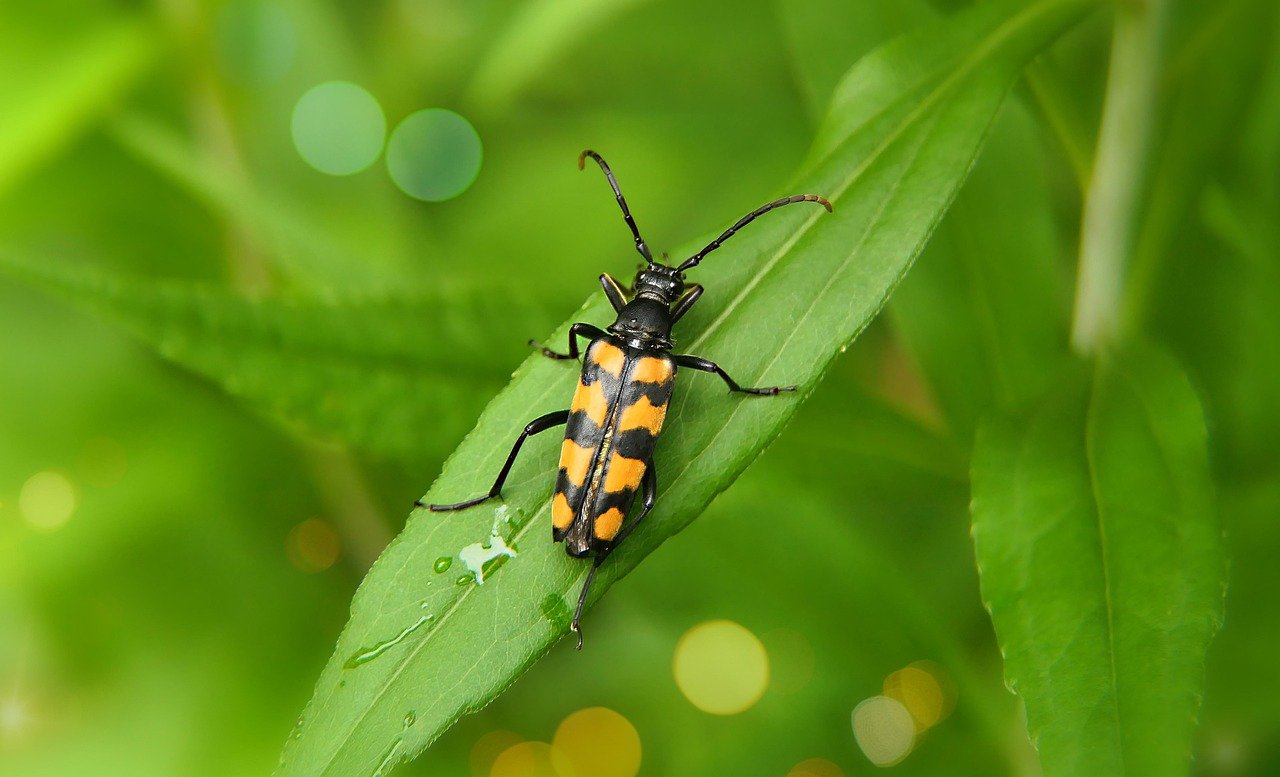
In the icy landscapes of Alaska, beetles have learned to embrace the freeze. These insects can survive temperatures that would freeze water in seconds. The secret lies in their blood, which contains antifreeze proteins. These proteins prevent ice crystals from forming inside their bodies, allowing them to remain active even in the coldest conditions. It’s a bit like wearing a permanent winter coat that keeps you warm no matter how cold it gets outside. Alaskan beetles are true warriors of the frost, thriving where others would perish.
North American Red Flat Bark Beetle: The Cold’s Adversary

The red flat bark beetle is another remarkable survivor of winter’s chill. Living under the bark of trees, this beetle can withstand temperatures as low as -100 degrees Fahrenheit. It achieves this feat by producing glycerol, a natural antifreeze, which lowers the freezing point of its bodily fluids. This ingenious adaptation allows the beetle to continue its lifecycle even in the most frigid environments. It’s as if the beetle has its own built-in thermostat, keeping it safe from winter’s icy grasp.
Woolly Bear Caterpillar: The Furry Freeze Master
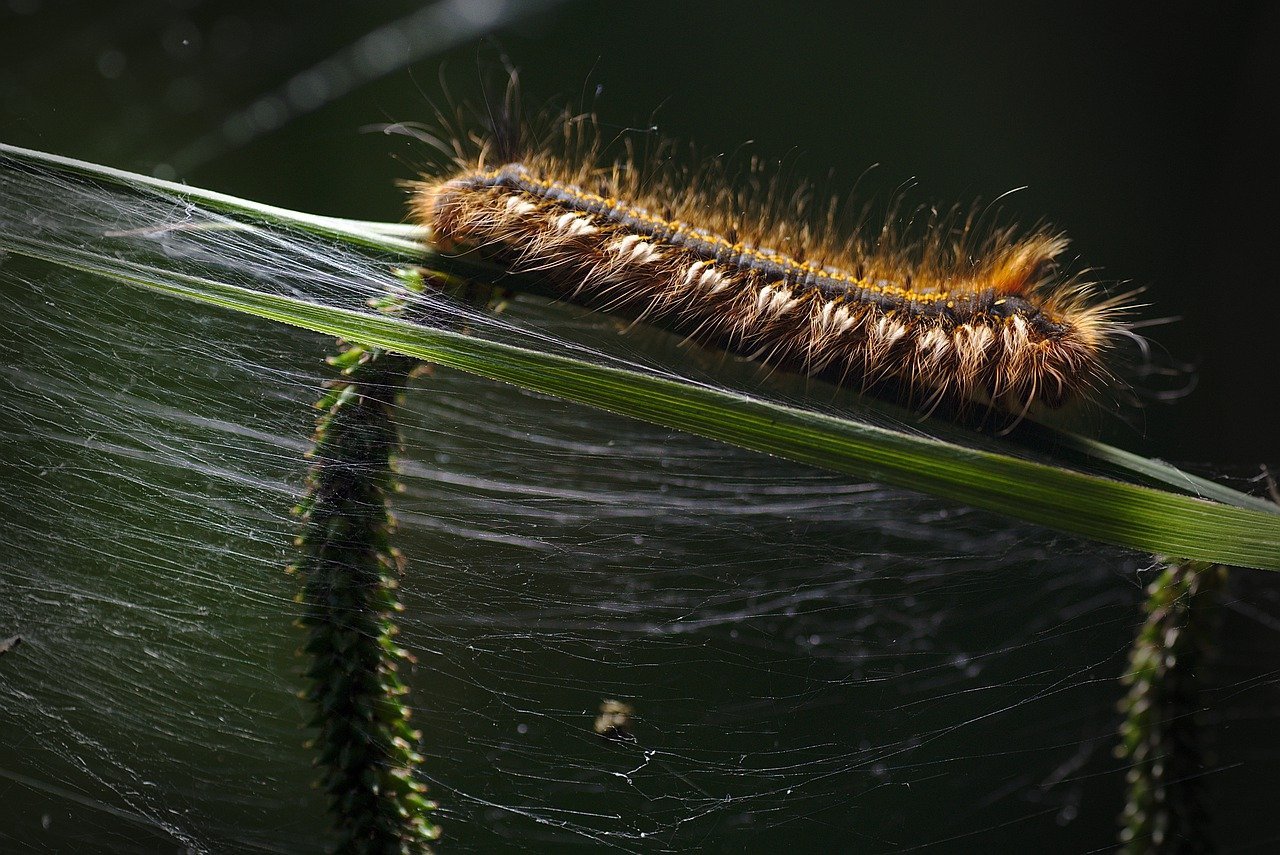
The woolly bear caterpillar is a master of the deep freeze. Found in the Arctic, this caterpillar can survive multiple freeze-thaw cycles throughout the winter. It does this by producing high concentrations of glycerol, which protects its cells from damage. The caterpillar’s body can endure freezing temperatures, yet it emerges unscathed in the spring. It’s a bit like pressing pause on a movie, only to resume it months later without missing a beat. These caterpillars are a testament to nature’s ingenuity and resilience.
Arctic Ground Squirrel: The Snoozing Survivor
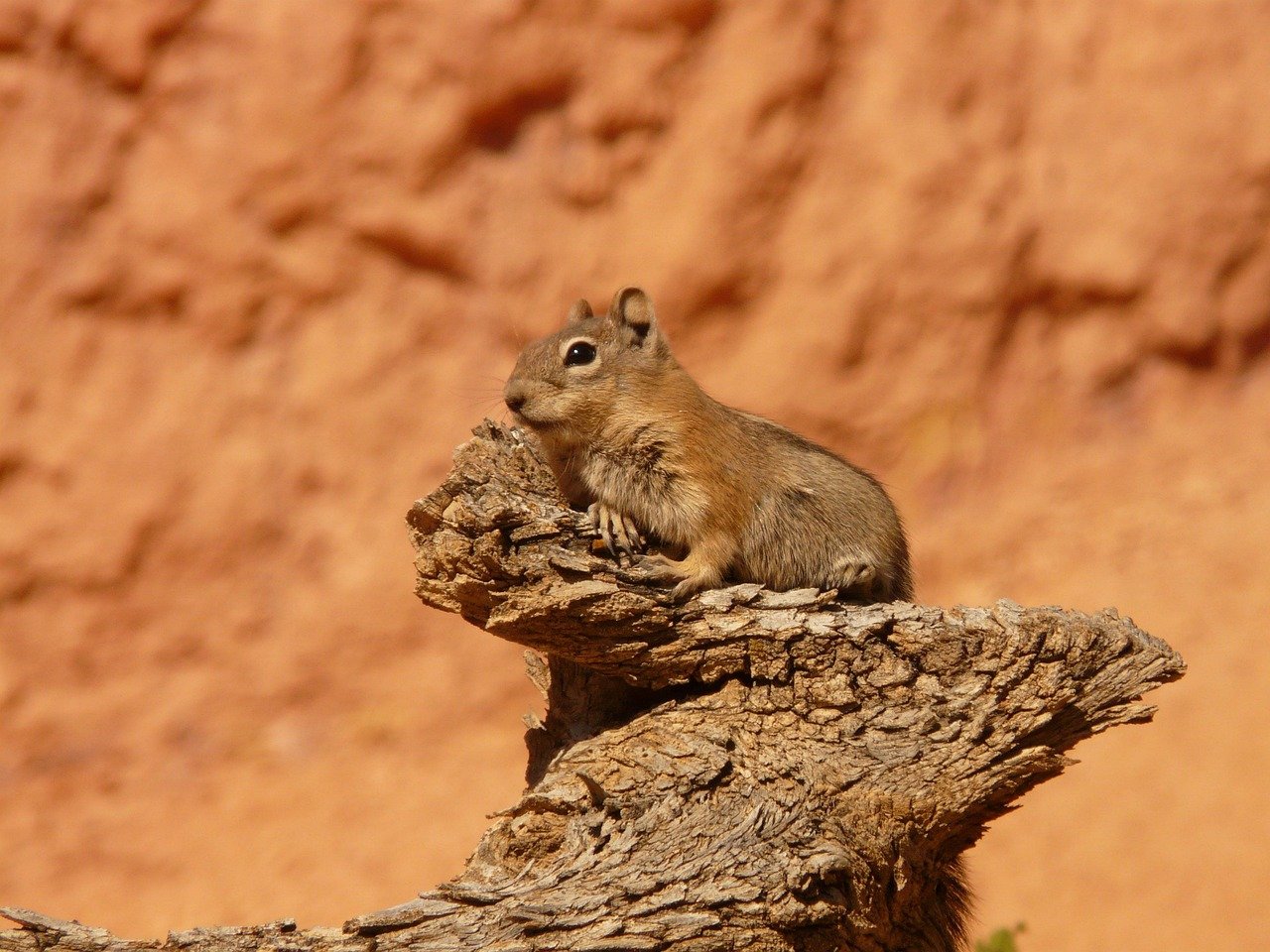
The Arctic ground squirrel is a true hibernator, spending up to nine months in a state of torpor. During this time, its body temperature drops to just above freezing, and its heart rate slows dramatically. This deep sleep allows the squirrel to conserve energy and survive the harsh winter months. When it finally awakens in the spring, it resumes its activities as if waking from a long nap. It’s akin to taking an extended winter vacation, emerging refreshed and ready for the new season.
Springtails: The Miniature Ice Defiers
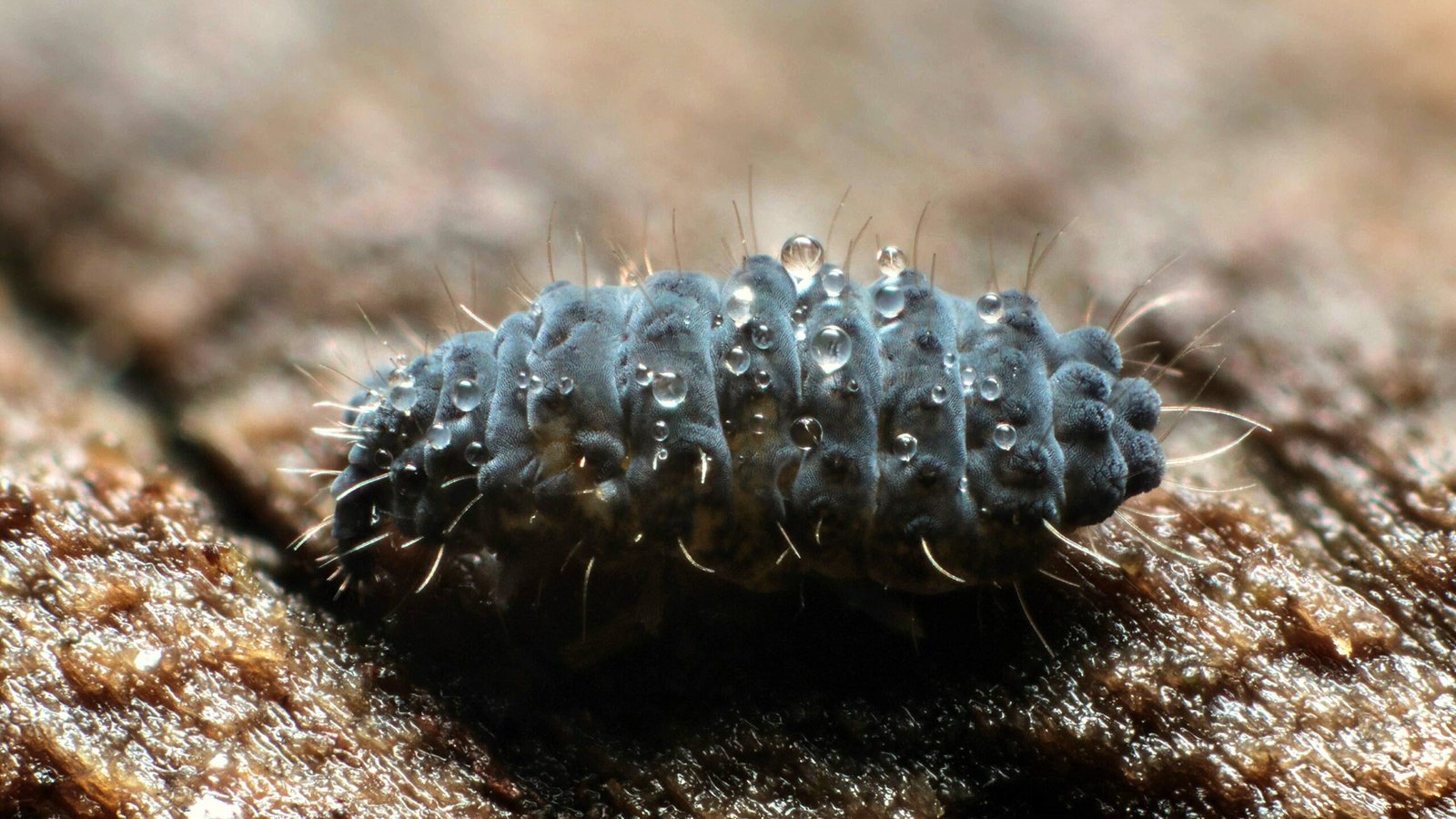
Springtails are tiny creatures that thrive in the cold. These insects have adapted to survive freezing by producing special proteins that protect their cells. Found in snowy environments, springtails can endure temperatures that would freeze most other life forms. Their ability to bounce back after being frozen is nothing short of miraculous. It’s as if they have a built-in resilience that defies the cold, allowing them to continue their tiny lives beneath the snow.
Darkling Beetle: The Desert’s Chilly Counterpart
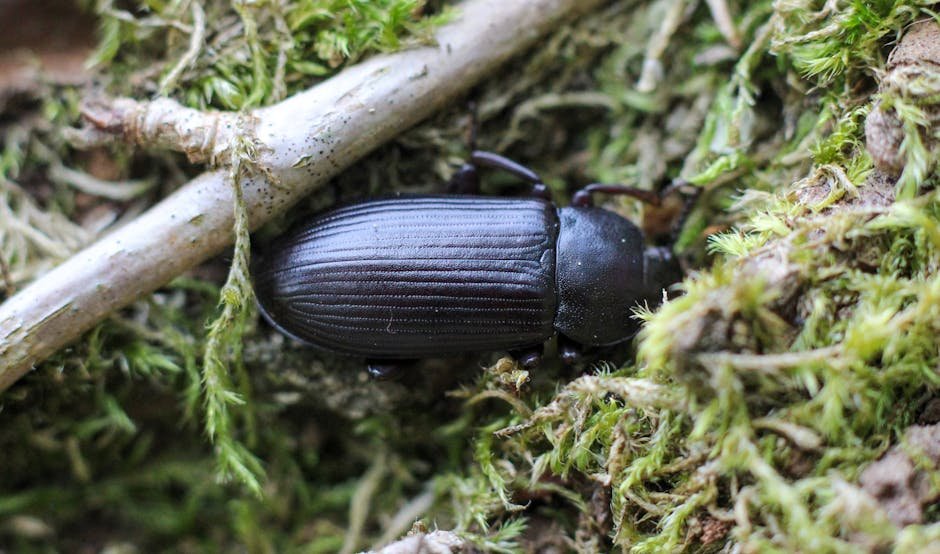
While most associate darkling beetles with arid deserts, some species have adapted to the cold. These beetles possess the ability to survive freezing temperatures through the production of antifreeze compounds. These compounds protect their cells during the winter months, allowing them to emerge unscathed when warmer weather returns. It’s a remarkable adaptation, showcasing how life can thrive in the most unexpected places, even in the biting cold.
European Common Frog: The Cold-Blooded Wonder
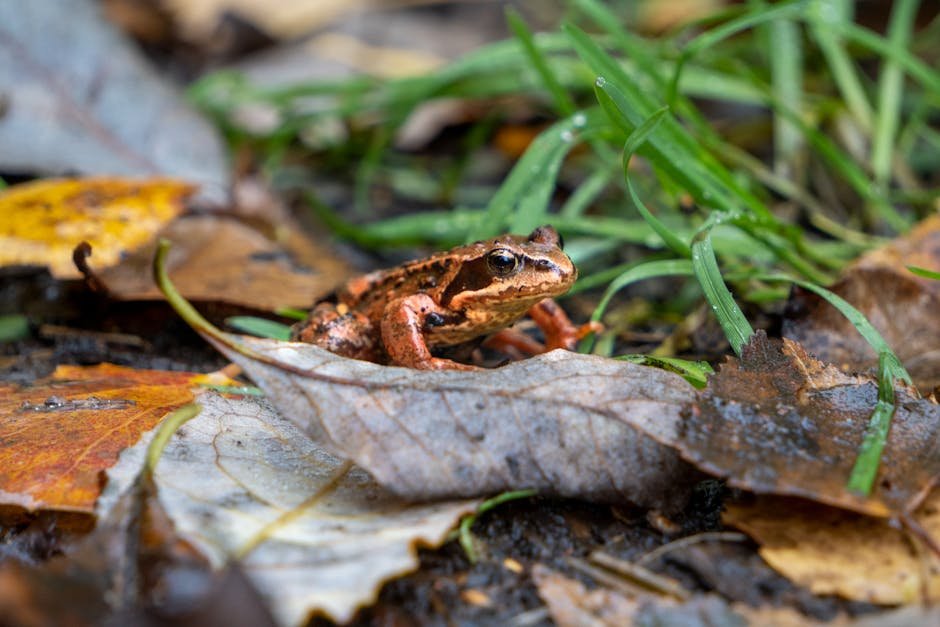
The European common frog is a testament to the power of adaptation. During winter, this amphibian can survive being frozen solid in icy ponds. Like its North American counterpart, the wood frog, it produces glucose to protect its cells from damage. This remarkable ability allows the frog to endure harsh winters and emerge alive in the spring. It’s a survival strategy that highlights the incredible resilience of life in the face of adversity.
In the fascinating realm of nature, survival often requires extraordinary adaptations. These nine creatures exemplify the remarkable ability to withstand the harshest conditions by freezing solid and living to tell the tale. Their stories remind us of the incredible resilience and adaptability of life on Earth, inspiring awe and wonder at the marvels of the natural world.




